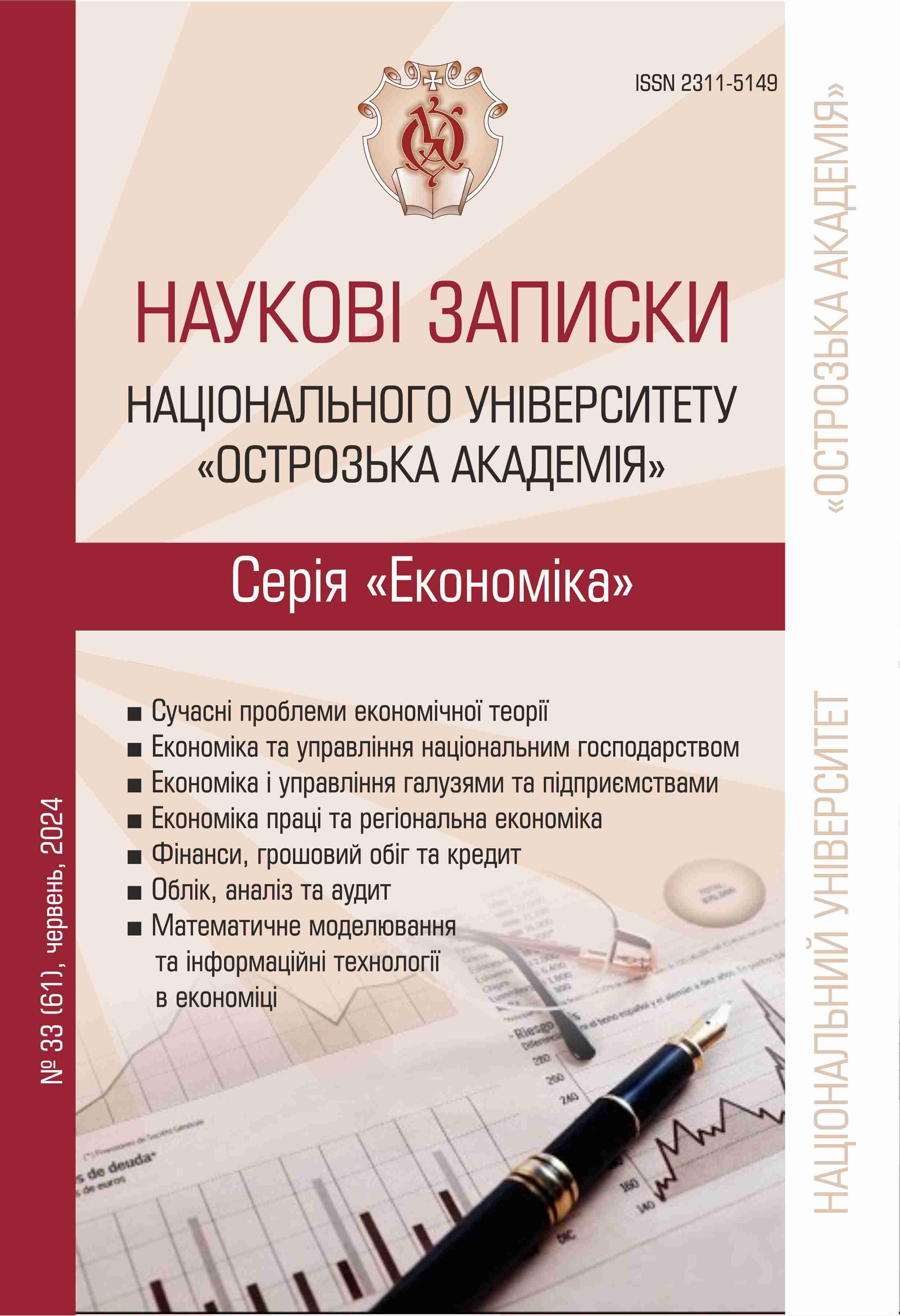METHODS AND TOOLS FOR FORECASTING THE CASH FLOW OF LOCAL BUDGETS USING ARTIFICIAL INTELLIGENCE
DOI:
https://doi.org/10.25264/2311-5149-2024-33(61)-47-61Keywords:
liquidity, forecasting, local budget, financial indicators, machine learning, artificial intelligence, innovationAbstract
The article addresses the inefficiencies in the mechanisms for forecasting cash flows and managing liquidity in local budget boiler accounts, necessitating a revision of liquidity management practices. Financial decentralization has posed numerous challenges for local financial authorities, including the need to maintain sufficient cash balances in local budget accounts to ensure financing and payment of obligations with minimal costs. Effective management of cash reserves and forecasting the revenue base of local budgets are also critical.
The authors emphasize the importance of applying modern forecasting methods, such as machine learning and neural networks, which enable faster and more accurate financial data analysis and forecasting. Special attention is given to data preprocessing and automation, algorithm selection, model training, and performance evaluation. The article also examines the liquidity management concept developed by the Ministry of Finance of Ukraine for 2020-2023 and its impact on improving public finance management practices.
This article underscores the need to implement effective forecasting and liquidity management methods to ensure the stability and efficiency of the financial system at both local and state levels.


